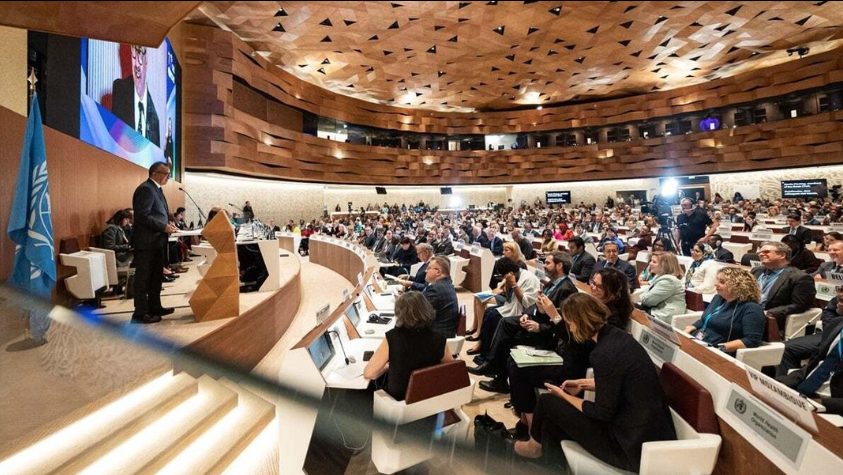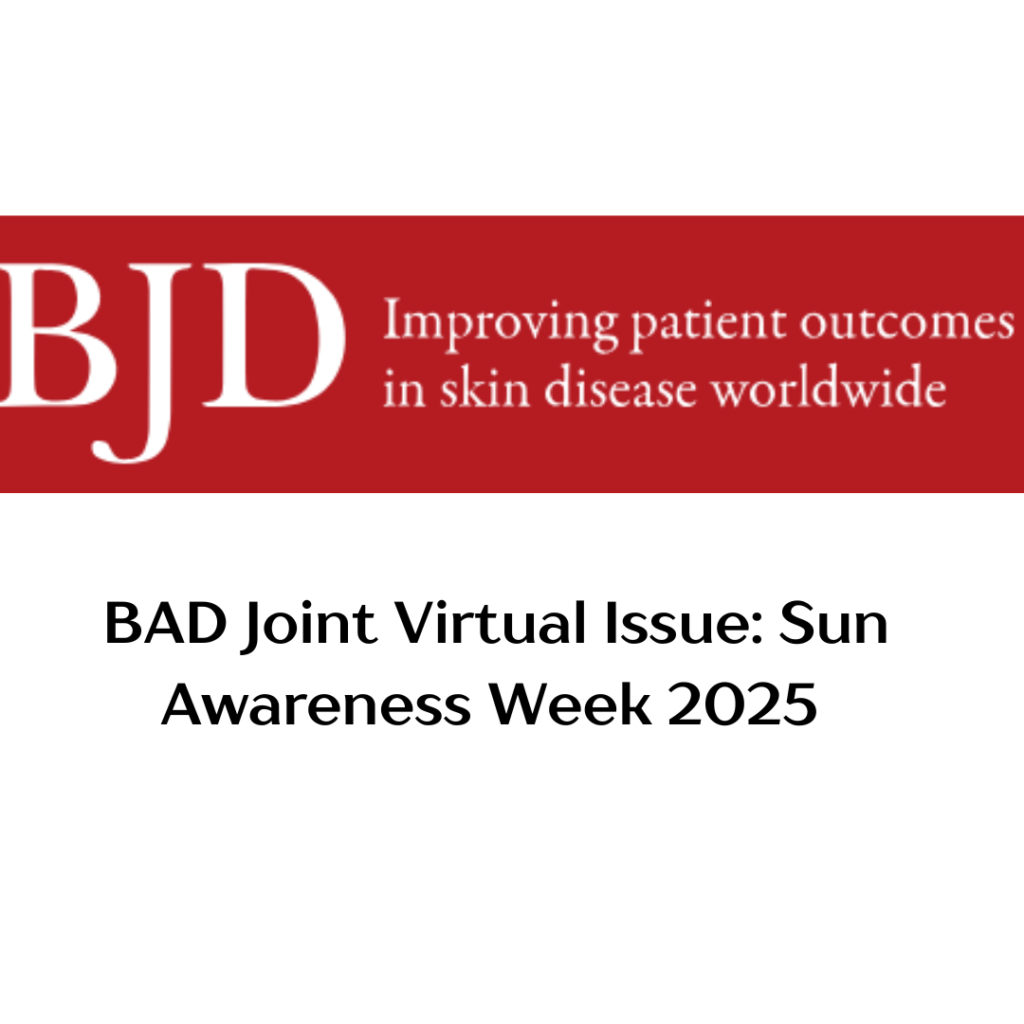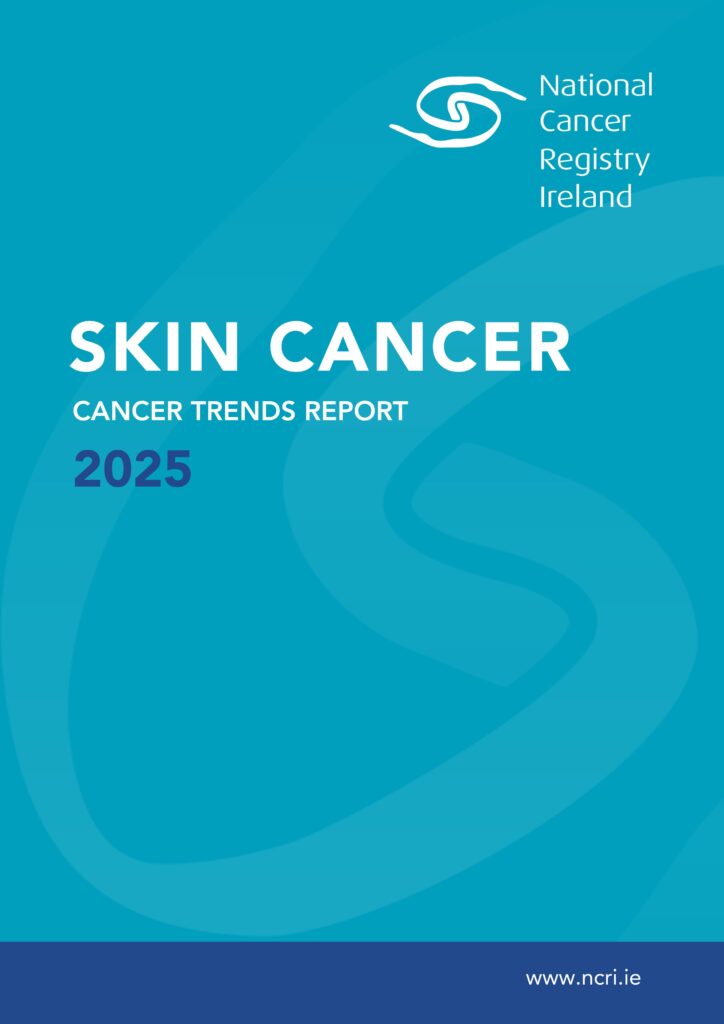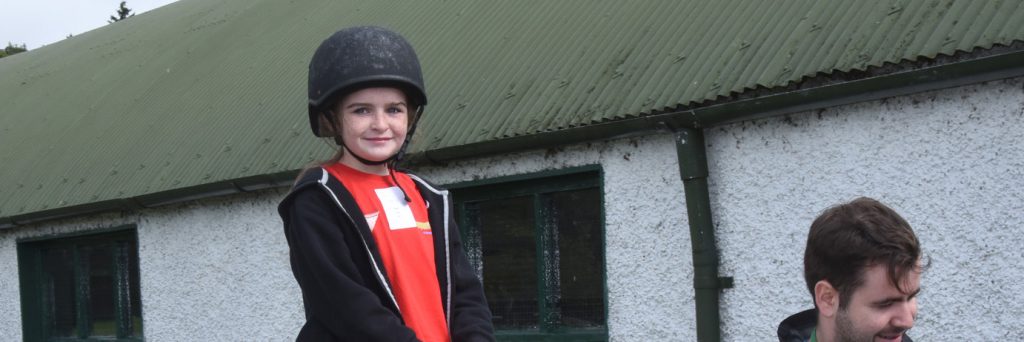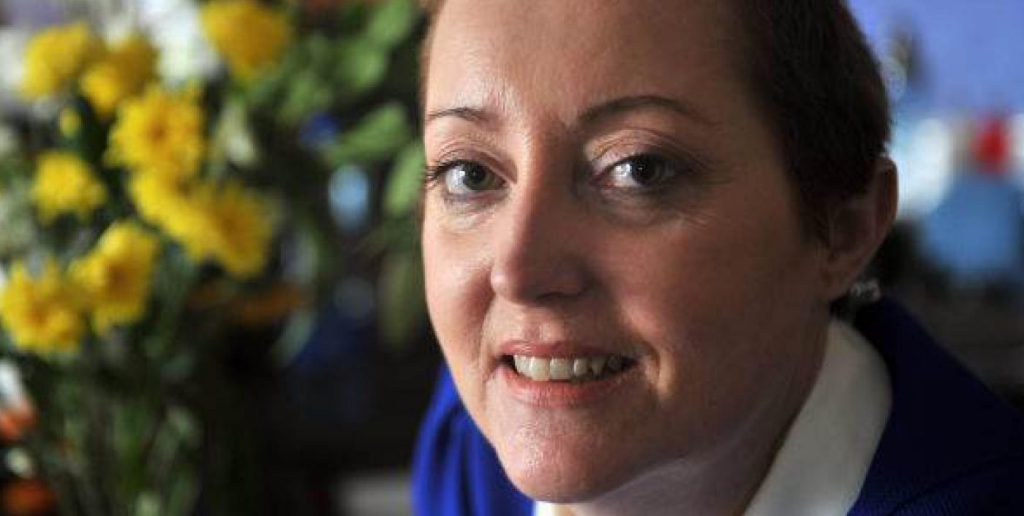Study highlights how care costs extend beyond healthcare utilisation
A study recently published in the British Journal of Dermatology (Olsson, Bajpai, Wee et al, 2020) highlights the ‘substantial costs’ that eczema can impose, with a significant proportion due to informal caregiving* and out-of-pocket expenses**, illustrating that the cost of caring for a child with eczema can go far beyond expenditure associated with healthcare utilisation.
What is eczema?
Atopic eczema, also called atopic dermatitis (AD) or eczema, is a very common, chronic, inflammatory skin condition. It affects as many as one in five children and can have a negative impact on quality of life, both for the child and their caregivers.
Why are these research findings important?
As well as having a significant impact on physical and psychosocial wellbeing, there is mounting evidence internationally and in Ireland, of the ‘profound financial burden’ that AD can inflict. Time missed from school or work, along with the cost of day-to-day treatments are frequently overlooked, not to mention informal caregiving.
Caring for a child with AD can be a very challenging and time intensive-task. The time-consuming nature of topical treatments regimens, changes to the home environment to reduce exposure to possible irritants and allergens, the requirement for special diet/meal preparation for those with food allergy, all have financial as well as time implications, and often require a large degree of family involvement.
Singaporean cost of illness study
Olsson, Bajpai, Wee et al (2020) looked at the considerable financial impact that childhood AD can have on families and society. The study sought to examine a range of factors (e.g. socio-demographic information, clinical characteristics, health service utilisation and time spent caregiving) to provide a comprehensive estimate of the economic burden of AD in childhood.
Participants
The study involved 559 caregivers to children under 16 years of age with a physician confirmed diagnosis of AD, recruited from two public healthcare facilities in Singapore. Data was collected from participants between December 2016 and December 2017.
Clinician assessed severity of AD (using the modified Physician’s Global Assessment) was only available for 513 of the participants, so 46 were excluded from the analysis by severity.
For the majority of children, AD was mild (61.6%), followed by moderate (25.9%), and severe (12.5%).
Average annual cost
The average annual cost per child was estimated to be 7,943 U.S. dollars (USD), with costs strongly related to severity of disease – mild: 6,651 USD, moderate: 7,935 USD, and severe: 14,335 USD (in 2017 prices).
Informal caregiving accounted for 46% of the total cost, followed by out-of-pocket expenses, accounting for 37%. Healthcare utilization contributed 17% of the total cost, 43% of which was for medicines.
Hidden socioeconomic burden
AD contributes to elevated healthcare costs but cost estimates vary between countries and study design, making direct comparisons difficult. Of note, in previous studies of childhood AD, the costs associated with informal caregiving have generally not been comprehensively examined.
In this study, 91.6% of respondents reported spending an average of 10.3 hours each week providing informal caregiving due to their child’s AD.
Out-of-pocket expenses was the second highest cost factor, with moisturizers accounting for the greatest expense. Personal expenditure for conditions that are potentially of long duration, such as childhood AD, can lead to ‘financial strain’.
Irish research
Closer to home, this point was illustrated in the Irish Skin Foundation’s ‘Living with Atopic Eczema Survey’ (Murray, O’Kane, Watson, Tobin, 2020) where for example, parents reported cutting back on household expenditure because of the cost of managing their child’s eczema.
Supporting affected families
These findings provide valuable insights into the often hidden or ‘unknown socioeconomic burden’ of AD. This type of information is important for policy makers when considering how to better support families affected by AD and ‘divert resources for developing more efficient treatment options’.
* ‘Informal caregiving included care that parents provided in caring for the child’s AD based on preset activities – personal care, preparing special meals because of dietary restrictions and providing emotional support’.
** ‘Out-of-pocket expenses for the family included cost for services or products used or purchased, such as moisturizing creams, hygiene products and laundry costs because of the child’s AD’.
Some further reading:
- Olsson M, Bajpai R, Wee LWY, Yew YW, Koh MJA, Thng S, Car J, Jarbrink k. The cost of childhood atopic dermatitis in a multi-ethnic Asian population: a cost-of-illness study.British Journal of Dermatology 2020, 182: 1245–1252.
- Plain language summary: Olsson M, Bajpai R, Wee LWY, Yew YW, Koh MJA, Thng S, Car J, Jarbrink k. The costs associated with eczema in childhood. British Journal of Dermatology. May 2020. Available at: https://doi.org/10.1111/bjd.18993.
- Murray G, O’Kane M, Watson R, Tobin AM. Psychosocial burden and out-of-pocket costs in patients with atopic dermatitis in Ireland. Clinical and Experimental Dermatology. August 2020. Available at: https://doi.org/10.1111/ced.14422.
If you need guidance or support about managing a skin disorder, contact the ISF Helpline for free assistance and information

